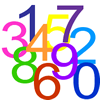What can you find out about adding and taking away? Try our favourite activities...

list
Playing with numbers
All these activities use adding and taking away. Can you spot the connections?

